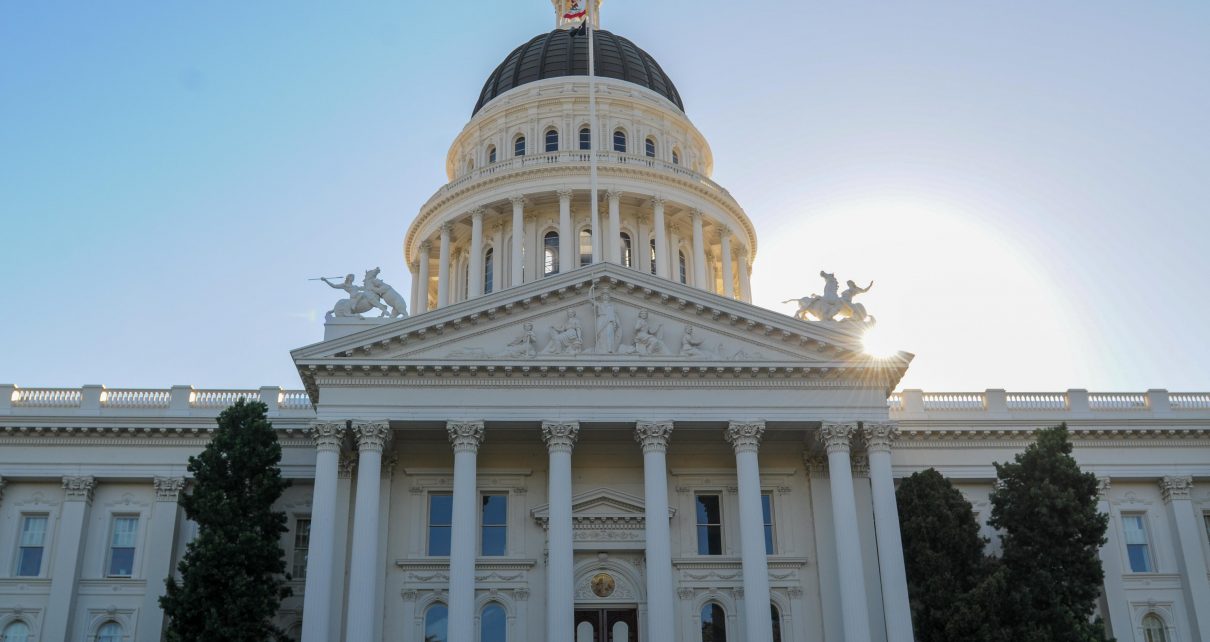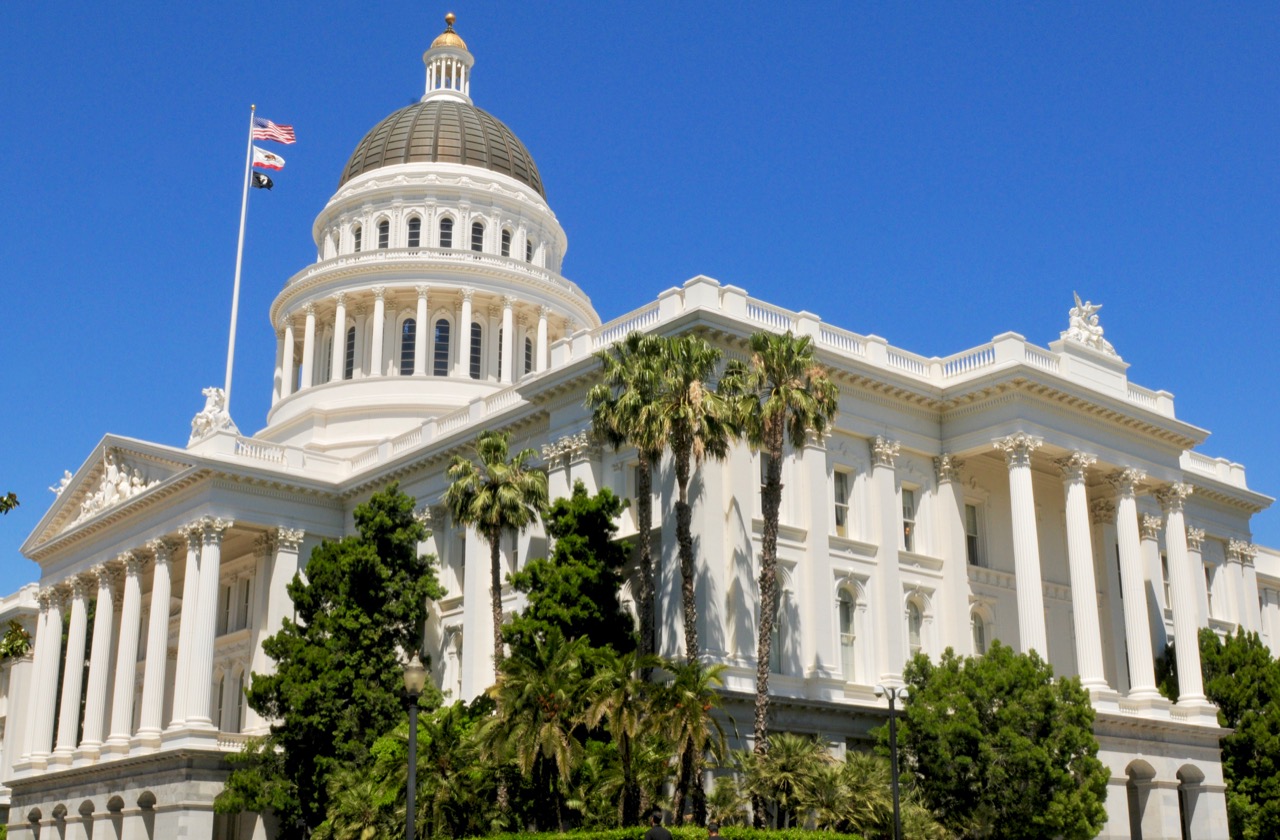
California State Capitol. (Photo: Kevin Sanders for California Globe)
Frequently Asked Questions about the Role of the Judiciary in California Lawmaking
What kind of role does the judicial branch play in lawmaking?
By Chris Micheli, April 7, 2024 2:30 am
Does the judicial branch play a role in lawmaking in this state? Yes, members of the state and federal judicial branches play a role in the California lawmaking process as a part of our state government’s system of “checks and balances.”
What kind of role does the judicial branch play in lawmaking? When California statutes or regulations are legally challenged, for example, then the state or federal court that makes a determination establishes a policy for the state. Of course, California statutes and regulations may be challenged on either federal or state constitutional grounds, among others. As a result, both state and federal courts may play a role in the state lawmaking process.
When else does the judiciary play a role in lawmaking? In addition to a legal challenge, both federal and state courts may be called upon to interpret California statutes or regulations. The judicial branch of the state and federal governments is granted its authority by the California and U.S. Constitutions. In addition, the powers and duties of the judicial branch are enumerated in federal and state statutes. Statutory interpretation is the primary role of the judicial branch of government in the state lawmaking process. In fact, the courts are regularly called upon to interpret state statutes and regulations.
What is an example of California’s judiciary having a role in lawmaking? The landmark case of Serrano v. Priest, 5 Cal.3d 584 (1971) originated as a class action brought by public-interest attorneys on behalf of a class of all California public-school pupils. The case involved pressing issues of the day: public education as a fundamental right and discrimination against poor and minority students. The California Supreme Court struck down California’s public-school, general-fund financing structure as a violation of the state constitution’s equal protection guarantee.
Under this system, per-pupil expenditures varied greatly and depended on a school district’s tax base. These kinds of tax-base disparities resulted in significant inequalities in actual educational expenditures on a per pupil basis from school district to school district around the state. The Court’s decision (including a follow up 1976 decision) in Serrano essentially gave instructions to the California Legislature on what would be required to fix the state funding statutes, and the Legislature subsequently did so.
- Additions and Amendments to California’s Constitution - August 13, 2025
- Offenses in California Navigable Waters - August 13, 2025
- The Division of the Community Estate in California - August 12, 2025







